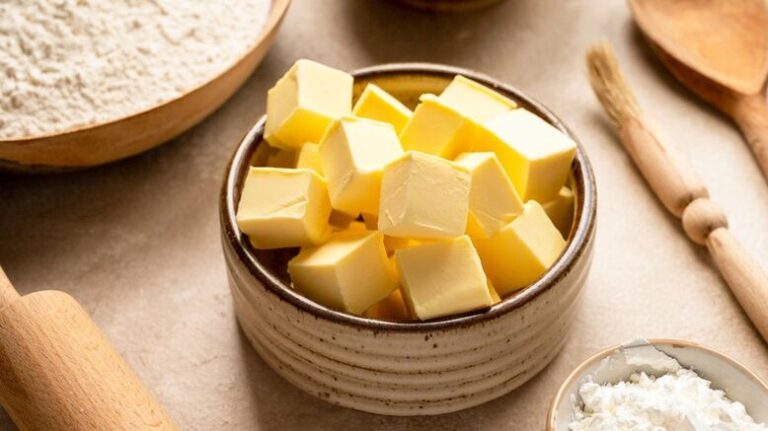Creating a delicious basil pesto requires more than just a good recipe; it starts with selecting the right ingredients. From fresh basil leaves to premium olive oil and authentic Parmesan cheese, every component plays a crucial role in achieving that perfect taste and texture.
This buying guide for basil will walk you through selecting the best basil and other essential ingredients to make your pesto stand out.

Selecting Fresh Basil
Choosing the Best Basil
When it comes to making basil pesto, the quality of basil is paramount. Look for bright green leaves with no yellowing or wilting. Fresh basil should have a strong, aromatic fragrance. Avoid leaves that are bruised or have dark spots as these are signs of deterioration.
There are different varieties of basil, such as Sweet Basil, Genovese Basil, and Thai Basil. For a traditional pesto, Genovese Basil is preferred due to its sweet and slightly peppery flavor. When buying basil, it’s often best to get it from local farmers’ markets where it’s likely to be fresher than in supermarkets.
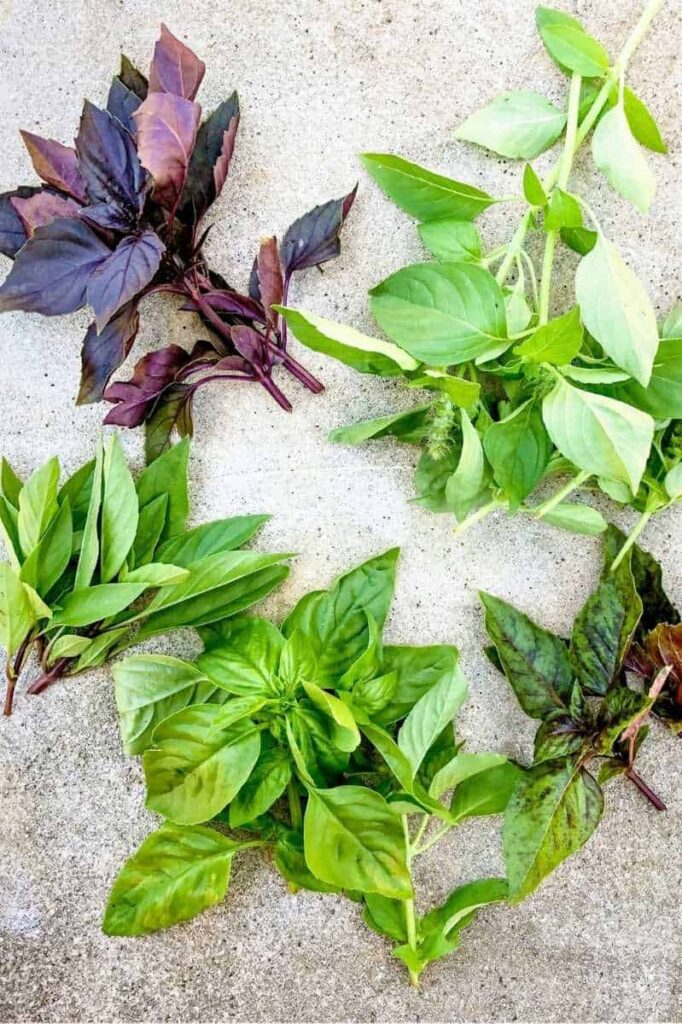
Storing Fresh Basil
Proper storage of basil ensures it retains its flavor and freshness until you’re ready to use it. The best way to store fresh basil is to keep the stems in a glass of water at room temperature, much like you would with fresh flowers. Cover the basil loosely with a plastic bag to help it stay fresh for a few days.
Alternatively, you can wrap the basil leaves in a damp paper towel and place them in a plastic bag in the refrigerator. This method helps to extend the basil’s freshness for up to a week. For long-term storage, basil can be frozen. Blanch the leaves in boiling water for a few seconds, then plunge them into ice water. Pat the leaves dry and freeze them in an airtight container.

Olive Oil Selection
Types of Olive Oil
Olive oil is a cornerstone of basil pesto, imparting a rich, fruity flavor. Understanding the different types of olive oil is crucial for making the best pesto.
Extra Virgin Olive Oil
Extra virgin olive oil (EVOO) is the highest quality olive oil available. It is made from pure, cold-pressed olives, ensuring a robust flavor and a higher concentration of antioxidants. EVOO has a fruity, slightly peppery taste that complements the basil and other ingredients in pesto perfectly. Look for EVOO that has been produced recently, as olive oil can lose its flavor over time.
Extra virgin olive oil should be stored in a cool, dark place to maintain its quality. Always check the harvest date on the bottle to ensure freshness. Additionally, consider buying olive oil in smaller quantities if you don’t use it often, as it can go rancid after prolonged exposure to air and light.
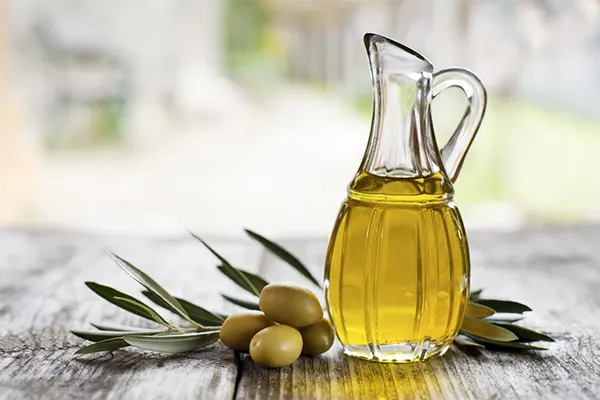
Pure Olive Oil
Pure olive oil is a blend of refined olive oil and a small percentage of virgin olive oil. While it has a milder flavor compared to EVOO, it can still be used in pesto if you prefer a less intense taste. However, for the best results, sticking with extra virgin olive oil is recommended.
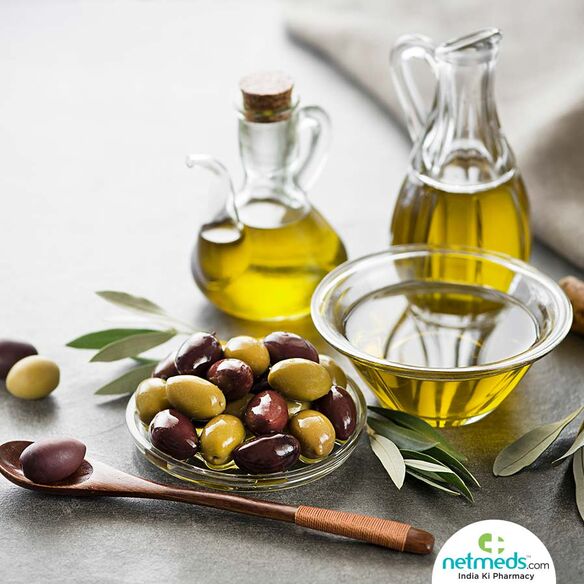
Best Brands for Pesto
When selecting olive oil for pesto, quality matters. Some of the top brands known for their exceptional extra virgin olive oil include:
• Colavita Extra Virgin Olive Oil: Renowned for its balanced flavor, making it ideal for pesto.
• California Olive Ranch Extra Virgin Olive Oil: A popular choice with a fresh, grassy flavor.
• Kirkland Signature Extra Virgin Olive Oil: Offers a robust taste at a great value.
Each of these brands has a distinct flavor profile, so you may want to experiment with a few to find the one that best suits your taste preferences. Remember, the right olive oil can elevate your pesto from good to extraordinary.
Cheese and Nuts
Parmesan Cheese
Parmesan cheese adds a rich, savory depth to basil pesto. The traditional choice is Parmigiano-Reggiano, a hard cheese from Italy known for its nutty and slightly salty flavor. When buying Parmesan cheese, look for the “Parmigiano-Reggiano” stamp, which guarantees authenticity.
When purchasing Parmesan, consider buying it in a whole piece rather than pre-grated. Grating the cheese fresh at home preserves its flavor and texture. Store Parmesan in the refrigerator, wrapped in wax paper and then in plastic wrap, to keep it from drying out.

Alternatives
If Parmigiano-Reggiano is unavailable, other hard cheeses can be substituted. Grana Padano is a similar Italian cheese with a milder flavor. Pecorino Romano, made from sheep’s milk, has a sharper and saltier taste and can add a different twist to your pesto.
Other alternatives include Asiago and Manchego. While they each have unique flavors, they can still provide a delightful variation in your pesto. Experimenting with different cheeses can lead to a customized pesto that perfectly suits your palate.

Pine Nuts
Pine nuts provide a creamy texture and subtle, buttery flavor to basil pesto. When purchasing pine nuts, look for fresh, unbroken nuts. They should have a slight sheen and a rich aroma.
Store pine nuts in an airtight container in the refrigerator to prevent them from going rancid. They have a high oil content, which makes them prone to spoilage if left at room temperature for too long.
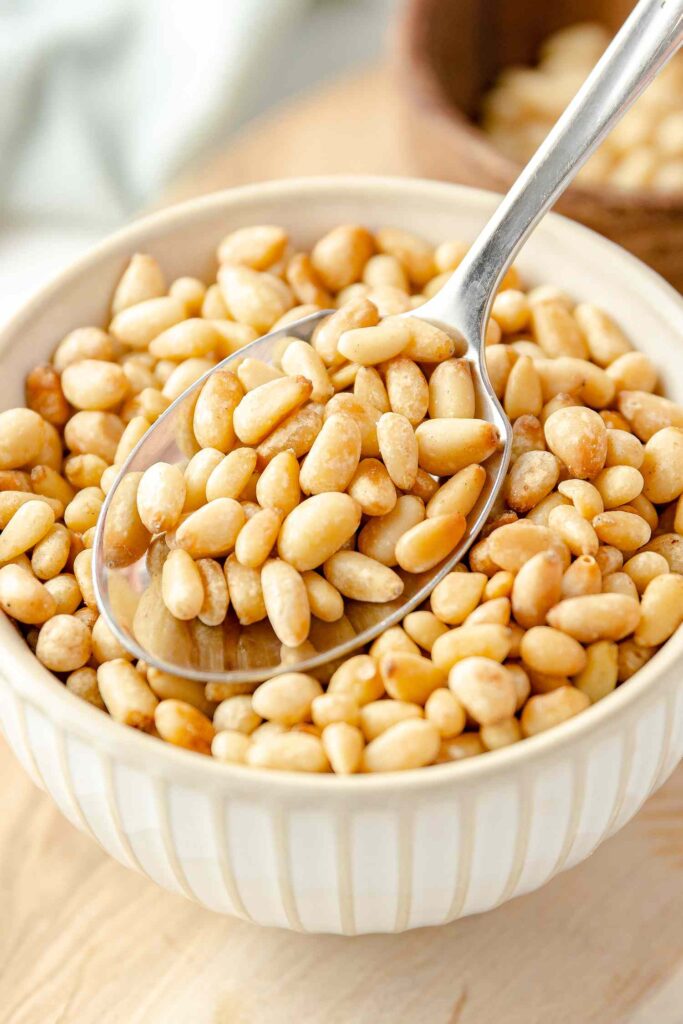
Substitutes
Pine nuts can be expensive and sometimes hard to find. Suitable substitutes include:
- Walnuts: Offer a slightly bitter flavor but blend well in pesto.
- Almonds: Provide a milder, sweeter taste and a similar creamy texture.
- Cashews: Contribute a rich, buttery flavor that pairs well with basil.
Each of these nuts can give your pesto a unique flavor profile. Toasting the nuts lightly before blending them can enhance their flavor and add an extra layer of depth to your pesto.
Pre-made Pesto Options
Best Store-Bought Brands
While homemade pesto is unbeatable, pre-made options can be convenient. Some top store-bought pesto brands include:

- Pesto alla Genovese by Sacla’: Known for its authentic taste and high-quality ingredients.
- Barilla Traditional Basil Pesto: Widely available and offers a balanced flavor.
- Trader Joe’s Pesto Genovese: A great budget-friendly option with good flavor.
When selecting a store-bought pesto, consider reading reviews and taste tests. These can provide insights into the flavor and quality of different brands. Additionally, look for products that use high-quality ingredients and avoid those with unnecessary additives.
What to Look for on Labels
When buying pre-made pesto, check the labels for these key indicators of quality:
- Ingredient List: Look for simple, natural ingredients. The best pesto will include fresh basil, extra virgin olive oil, Parmesan cheese, and pine nuts.
- Preservatives: Avoid products with artificial preservatives or fillers.
- Expiration Date: Fresher is always better. Check for the latest expiration date to ensure the best taste.
Also, consider the packaging. Glass jars often preserve the flavor better than plastic containers. Once opened, store the pesto in the refrigerator and use it within a week for the best taste.
FAQs
Conclusion
Making the perfect basil pesto starts with selecting the freshest basil and the highest quality ingredients. From choosing the right type of olive oil to picking the best Parmesan cheese and nuts, every detail matters. Whether you’re making pesto from scratch or opting for a store-bought version, this guide ensures you have all the information needed to make the best choice. Happy cooking!
Disclosure: Our blog contains affiliate links to products. We may receive a commission for purchases made through these links. However, this does not impact our reviews and comparisons. We try our best to keep things fair and balanced, in order to help you make the best choice for you.







